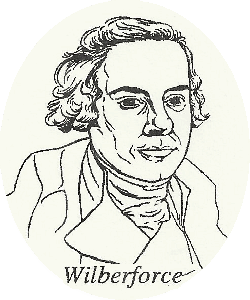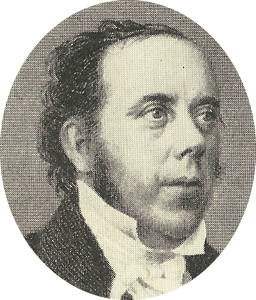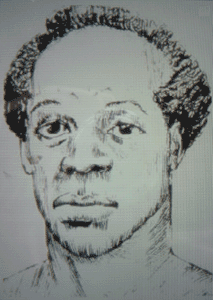The anti-slavery movement in England, led by Methodist Founder John Wesley and by the Quakers, was joined by people such as Granville Sharp, Thomas Clarkson and William Wilberforce, names familiar to Jamaicans even today. By 1808, an Act to Abolish the Slave Trade was passed by the British Parliament.
The 1831 slave rebellion, led by Baptist Sam Sharpe, began with the burning of Kensington Estate, on the NW side of Cockpit Country. Retaliation by the civil authorities was prolonged and terrible. Sharpe himself was hanged. The Non-conformists were blamed for the disorders and Baptists William Knibb and Thomas Burchell together with Moravian H.G. Pfeiffer, were arrested, though eventually acquitted.
Baptist and Wesleyan chapels in St Ann, Trelawny and Hanover were burned.
 |
 |
 |
 |
| Wilberforce | Clarkson | Knibb | Sharpe |
MARKET APPEAL:
Despite a general reluctance in Jamaica to discuss the slavery period, it is an important part of our heritage and is both shocking and of interest to many visitors. Trelawny had the largest number of sugar estates and so may be considered to have most to celebrate from Emancipation.
RESOURCES
The various churches and free villages in Trelawny created by Knibb tell part of the story and could form the basis of an emancipation trail based in Trelawny, starting in Falmouth, and travelling via Kettering (where Knibb’s children are buried) and then heading into Alps and along north Cockpit Country to Sherwood and return to Falmouth. A similar concept could link Montego Bay and Kensington, with continuation to Flagstaff and Accompong for the Maroon story

